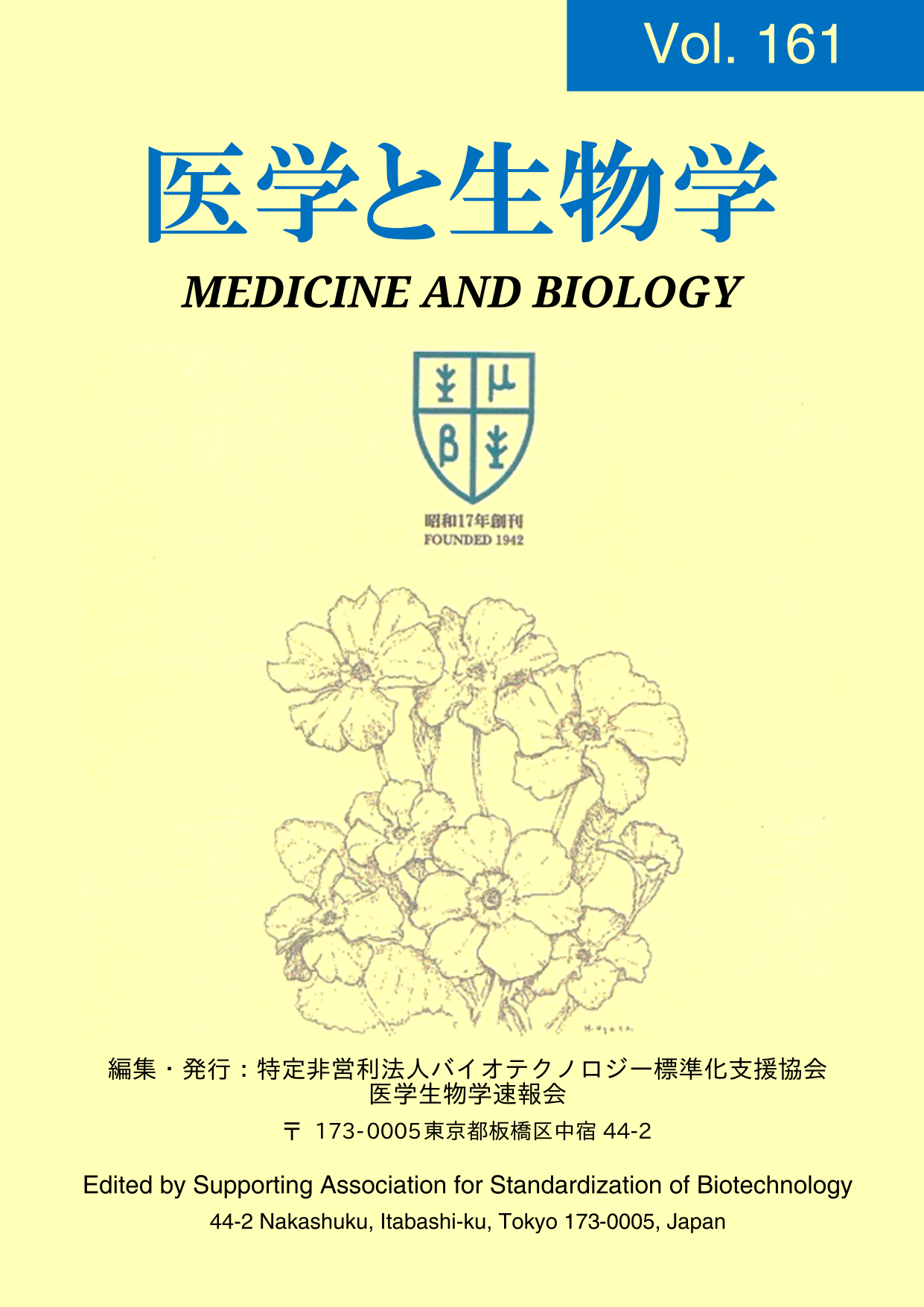Relationship Between Sense of Coherence and Sleep in Japanese Nursing Students
Keywords:
Sense of coherence, sleep, nursing student, Pittsburgh Sleep Quality Index (PSQI)Abstract
Objectives: Our purposes were to characterize sleep of nursing students at the beginning of a new semester, and to examine the relationship between sence of coherence (SOC) and sleep.
Methods: A web questionnaire survey was administered to 155 second- and third-year nursing students at a single university at the beginning of a new semester. The participants were divided into a high SOC group (79 people) and a low SOC group (76 people) based on their mean score on the SOC 13-item scale. The scores on the Pittsburgh Sleep Quality Index (PSQI) were then compared between the groups.
Results: The mean PSQI global score of all participants was 5.08 ± 2.72 points, and the highest component score was “sleep latency”, followed by “sleep quality” and “daytime dysfunction”. Specifically, 61 participants (39.4%) had a PSQI global score of 5.5 or more, which means they could have sleep disorders. The high SOC group had significantly lower PSQI global scores . Additionally, the percentage of participants with an overall PSQI score of 5.5 or higher, “sleep quality”, “sleep disturbances”, and “daytime dysfunction” was lower in the high SOC group than the low SOC group.
Conclusions: At the start of a new semester, approximately 40% of the surveyed nursing students showed signs of suspected sleep disorders. However, nursing students with high SOC had better sleep quality and sleep maintenance, and a lower degree of daytime dysfunction and overall sleep disturbance compared to nursing students with low SOC.


